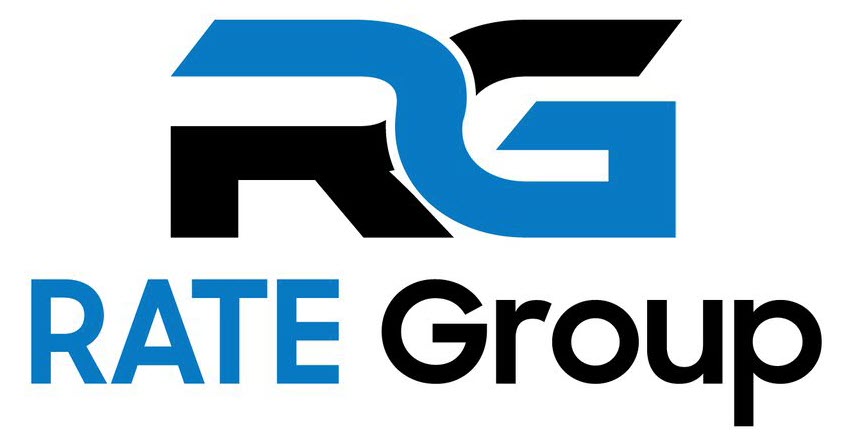
18 Dec From Bitcoin to Saga: The four waves of digital currencies
[ad_1]
Amol Agrawal
The last decade has been quite an eventful one for students of monetary economics, thanks to digital currencies. We have seen three waves in digital currencies so far and maybe, there is a fourth one in the making as well.
The first wave was in 2008, with Bitcoin taking off as the first digital currency. This was a long wave as Bitcoin idea led to many private digital currencies such as ethereum, dash, litecoin, tether and the like. They were collectively named as cryptocurrencies as they were based on algorithms. (For details, please see my earlier piece on bitcoin).
The next two waves happened very quickly and simultaneously. In 2019, Facebook launched Libra, which was an improvement over the decentralised cryptocurrencies. The first improvement was that Libra was backed by Facebook, along with other digital economy firms. The idea here was to give Facebook’s subscriber network an option to settle transactions and provide remittances using FB’s own…
[ad_2]
Source link

